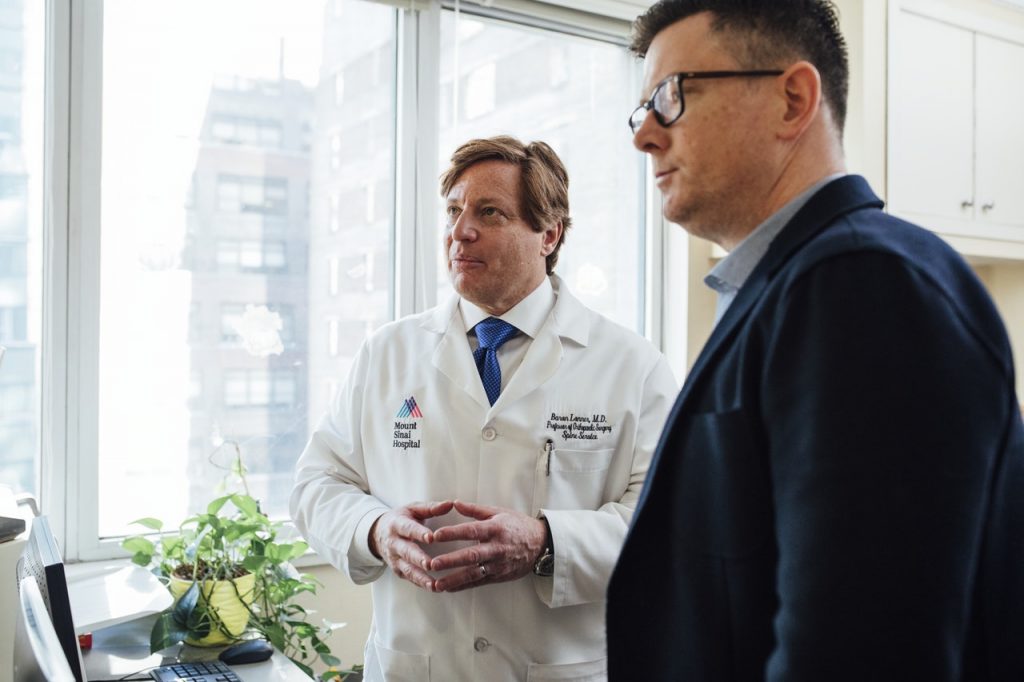What to do if your water tank is contaminated
Depending on what type of water tank you have, contaminants can get in in various ways.
Water contamination is presumed to occur if any external component is found in water herein referred to as “contaminant.” The contaminants can either be physical, biological, chemical or radiological substances that may be discovered in water and may result in causing long term or short term diseases. Chemical contamination can either be caused by organic or inorganic contaminants.
Water poisoning may lead to severe maladies, e.g. diarrhea and puking. Which may be hazardous to babies, the aged and persons with weak immunities. Water tank contamination can be brought about by:
- Microbes and infection-causing viruses from animal or bird defecations, carcases whose entry occurs at the water supply sources;
- Increasing debris entering the tank that includes soil particles, leaves
- Presence of high levels of dangerous chemicals due to flushing of the roof by rainwater storms, for example, lead from roof painting or asbestos fibres;
- Invisible fissures and cracks in underground tanks that may allow contaminants sipping through;
- Wind-blown motor vehicle emissions, ashes, drift from pesticides spray and other chemical residues.
- Leaking joints or connections may cause entry of contaminants along the pipeline and supply system.
In case of a water tank contamination crisis, the following steps should be undertaken to contain the impending situation:
Turn off the entry or inlet valve
The water entry into the contaminated water tank should be stopped with immediate effect by closing the inlet valve tightly to prevent further contamination, water wastage or loss.
Immediately discontinue usage of water from the contaminated tank.
Any further usage of water from the tank should be curtailed until the poisoning is dealt with. Taps, if any, in the houses should be locked tightly to ensure no more consumption or contact to inhabitants.
 Seek medical attention
Seek medical attention
Any infected persons and casualties should be rushed to a nearby hospital for medical attention. Care should be taken to ensure minimum contact because waterborne diseases are highly contagious and may spread very fast and create an outbreak.
Ensure proper communication
The public hygiene and safety and relevant government regulatory bodies must be notified on the occurrence and in severe case, a request visit for verification and investigation purposes. Large scale contamination may require publicity in far-reaching media. Also, investigation reports should be made available for scrutiny and recommendations sought for implementation.
Submission of contaminated water samples
Samples from the suspected source of contamination and other adjacent water tanks should be clearly identified, collected and labelled then taken for comprehensive tests and analysis to be carried out by authorized government chemists and laboratories. Results should also be made available to assist in the treatment and other preventive measures.
Cleaning and disinfecting the water tank
The step by step process of washing and dousing the tank should be carried out under strict supervision and adherence to relevant and internationally recognized procedures, safety and hygienic standards. All the surrounding, associated or tanks suspected to be along the pipeline should be cleaned and disinfected to curtail further contamination.
If that doesn’t work and the water still remains contaminated, it may just be better to purchase a new water tank instead.
Testing and commissioning of the water tank
Using internationally approved testing parameters and measuring kits, the water samples from the cleaned and disinfected tanks should be subjected to stringent tests to confirm the presence or absence of contaminants and remedial measures taken thereof.
Follow-up with the casualties
Be in continuous communication with the victim (s) during this whole period. Provision of factual updates without pointing liability should be undertaken. Once the laboratory and investigation results are out, full disclosure should be made compassionately to prevent a repeat incident.